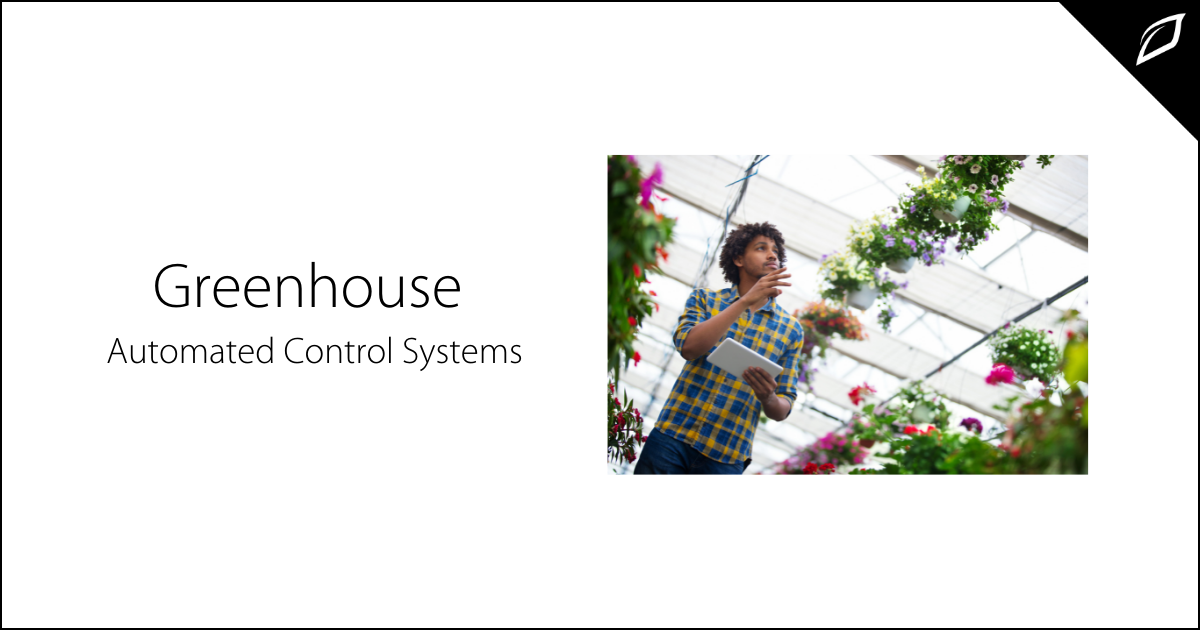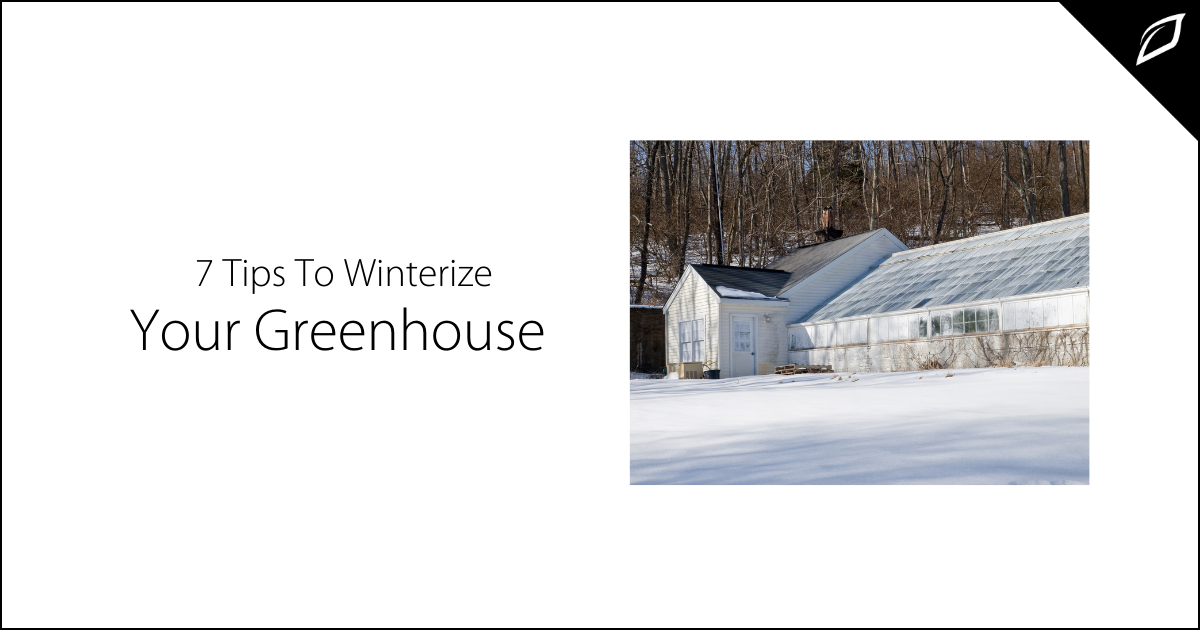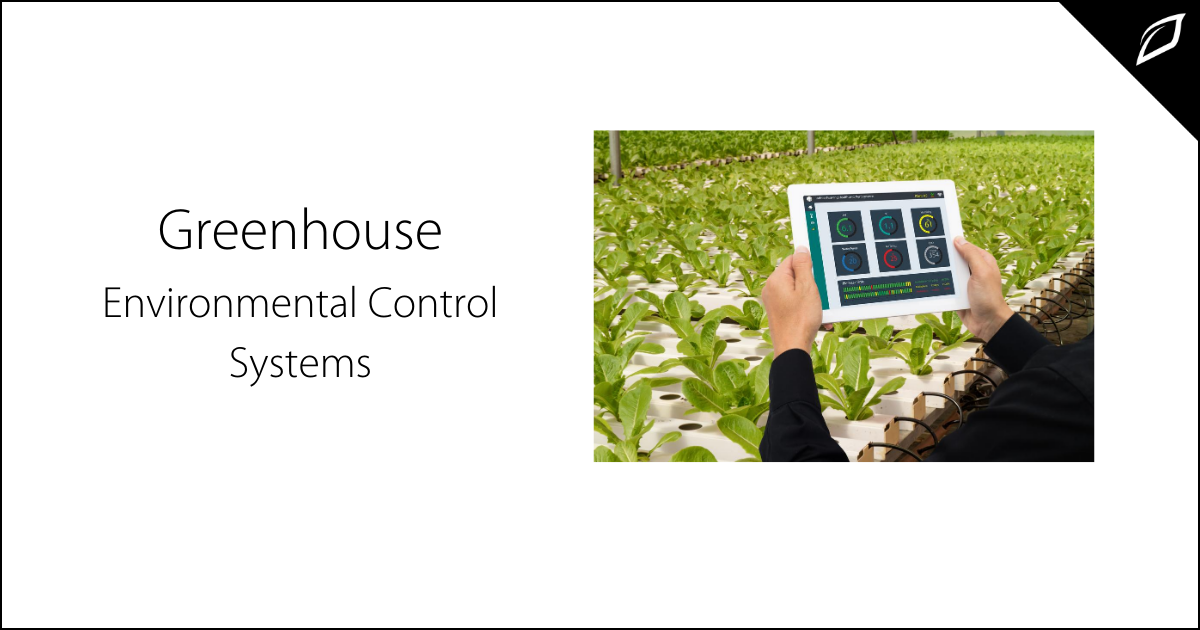Climate Controlled Greenhouse Technology
The modern greenhouse utilizes technology to automate many daily tasks associated with a bustling grow operation. It can be confusing and...
2 min read
Joy King : Aug 26, 2021 11:43:08 AM

Greenhouses maintain a thriving environment that is about more than just air temperature, combining various factors that influence plant growth like heat, humidity, light levels, and ventilation. Keeping the climate at optimum levels is simplified through the use of automation. Let's look into how it works and why you may benefit from using automated greenhouse control systems.
What are greenhouse control systems?
Exactly what it sounds like, automated greenhouse control systems are equipped to make labor-intensive tasks automated. From simple tasks like opening and closing shades or vents to complicated jobs like injecting exact amounts of fertilizer into an irrigation line, control systems work on a simple principle; monitor the environment, create rules based on data collected and then trigger pre-determined automation. An example of this in action; if the air temperature goes above 80 degrees, trigger a motor controller to open vents. Close the vents if the temperature goes below 75 degrees. Let's consider the various ways that an intuitive greenhouse control system can increase your growing profits.
Why use a control system?
In order to grow, plants require ideal environmental conditions. Sustaining perfect conditions takes knowledge and planning. Factoring in constantly changing circumstances will provide an opportunity to enhance plant health and promote more profitable yields.
By monitoring and automating tasks, you're better able to provide the precise combination for you and your plants to succeed.
While the information above provides a simplistic overview of automatic greenhouse control systems, complicated methods require expertise. Here is a more comprehensive look at ways automation works smarter and harder for you than you think.
Sensors - High-quality monitoring starts with sensors that measure everything from air temp, humidity, EC, and VPD. Each sensor captures massive amounts of critical data that you can use to steer growth (crop steering), boost yields, limit disease, and decrease energy usage. By creating rules that trigger automation, it's easy to replicate at different growth stages.
Controllers - IoT controllers connected to the internet are designed to transform your farm into a smart farm. High-quality components combined with solid processing power coordinate all of your connected devices, making automation easy to execute.
Software - The mastermind of your greenhouse automation system, software platforms connect all of your technology. Controlling just about every device and system, the software gives you and your team a simple way to see real-time data, automate, and create reports from your smartphone or tablet.
Final word
Be sure to research companies that make greenhouse automation equipment and make sure that you can source your controls from a trustworthy company that offers outstanding customer support. These are intricate systems to install, so working with a team that can assist during installation is vital to your greenhouse's success.

.png)
The modern greenhouse utilizes technology to automate many daily tasks associated with a bustling grow operation. It can be confusing and...

While outdoor growers are busy harvesting, greenhouse growers know that Fall is the best time to prepare for cold months ahead. Winter is fast...

What are environmental control systems? As any expert will tell you, a growing environment is more than just the air temperature. It's a potent...